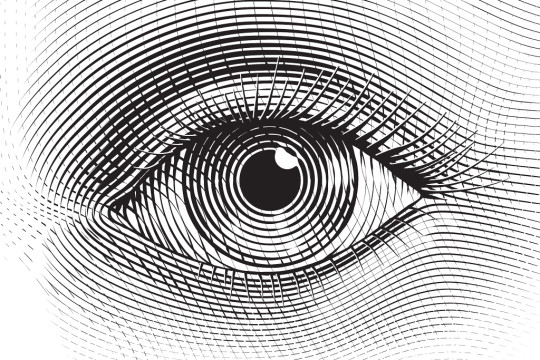
Nationally, 13 percent of Americans are foreign born and 20% speak a language other than English at home.
In the Bronx, almost one-third of residents are foreign born and more than half (55.7%) speak non-English languages at home.
Patients who come through our hospital doors may not meet with employees who share the same culture, communication styles and experiences with the health care system. Questions that may seem essential to a health professional might feel confrontational to a patient. Fear of seeming disrespectful or calling into question a provider’s language expertise can keep a patient or family member from asking for an interpreter. Some patients may not feel comfortable providing certain information about their health, family history or housing status.
Last November, Bronx Partners for Healthy Communities (BPHC) began offering cultural competency training to the frontline workers of its 230-member organizations. It has quickly become the most popular training program the organization offers to employees.
“The word has spread and classes fill up immediately after we announce a new training,” says Mary Morris, BPHC’s director of Workforce Innovations.
The one-day, in-person training gives workers the skills and insights to listen, understand and provide care and services through the lens of a patient’s or client’s own culture, beliefs, language and experiences with the health care system. The training addresses issues of race, ethnicity, religion, disability and sexual identity in the context of how people access care and other services.
Participants learn to take the perspective of the client and see how overwhelming it can be to try to access health care or other community services. They can better understand the external factors that might be guiding a patient’s decisions, the lack of control a patient may have over their health care and how that might make them feel.
More than 500 staff members, including nurses, community health workers, registrars, housing specialists and SBH leadership, have been trained. The curriculum was developed and administered by The Jewish Board. For physicians, related training will be offered through BPHC starting in the fall through a program being developed and presented by the Immigrant Health and Cancer Disparities Service at Memorial Sloan Kettering Cancer Center.
A highlight of the training is a historical look of the Bronx starting in the 1890s, when it was considered a “wonder borough,” through today, including the immigration wave of the early 20th century, the Depression and the impact of urban renewal in the 1960s and 1970s.
“A light bulb goes off for people,” says Morris. They see the structural and environmental factors that contribute to the many health disparities in the borough like high rates of asthma, cardiovascular disease and diabetes. They understand the framework through which many patients and clients view their world.
Self-awareness is another key element of the training. Participants become more aware of their own beliefs, values, cultural influences and the way they communicate including their body language, tone of voice and attitude. From there, they learn effective ways to ask open-ended questions, provide explanations, and guide patients and clients to advocate for themselves.
“There is value across the board [to the training],” says Arlene Ortiz-Allende, Senior Vice President, Community and Government Affairs/Chief Diversity Officer at SBH Health System. When we meet people where they are, doctors can provide patients with the quality care they deserve and truly engage them in their own health and wellness. That’s how we achieve patient-centered care.
 GIVING
GIVING (718) 960-9000
(718) 960-9000